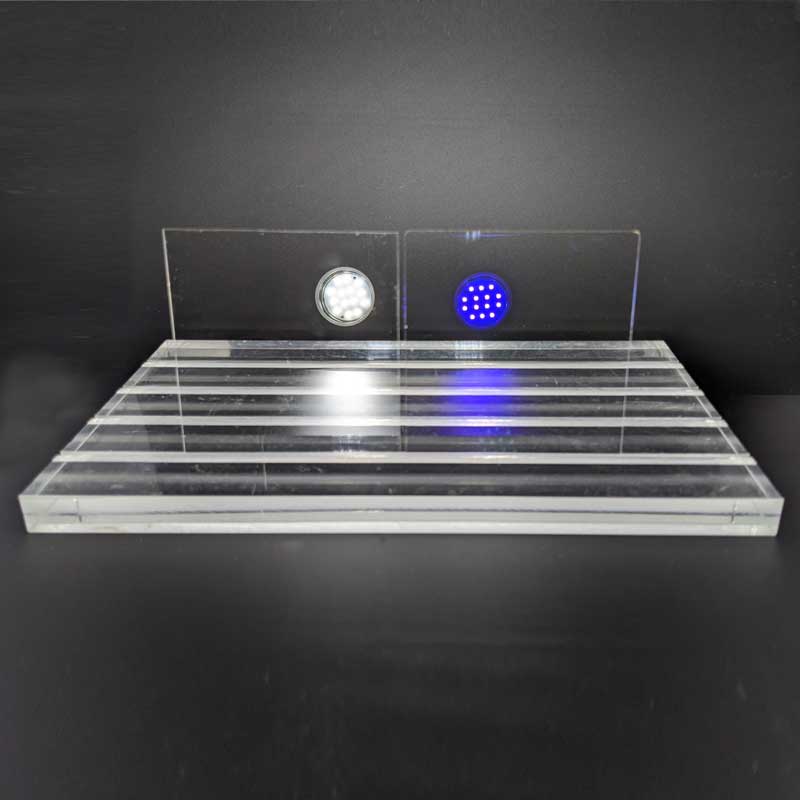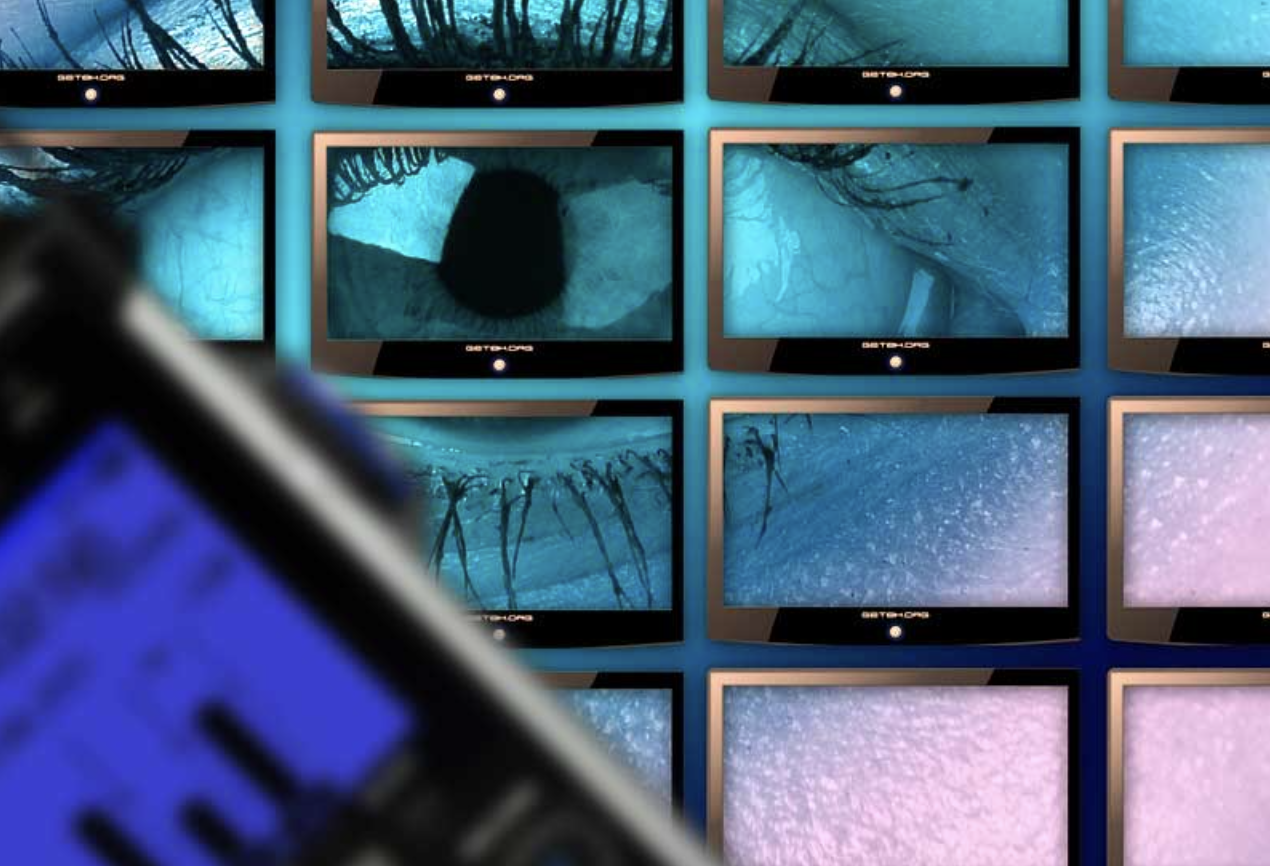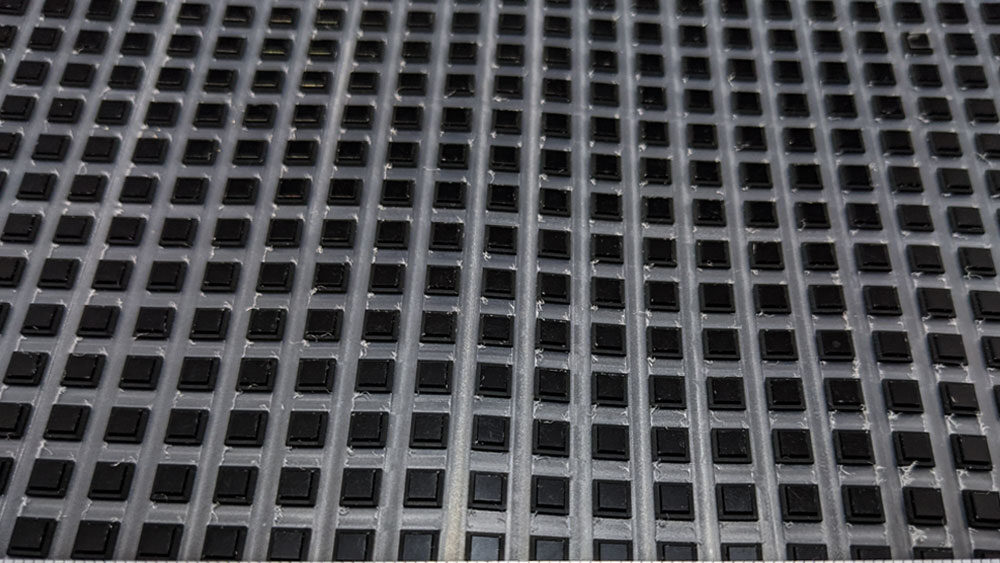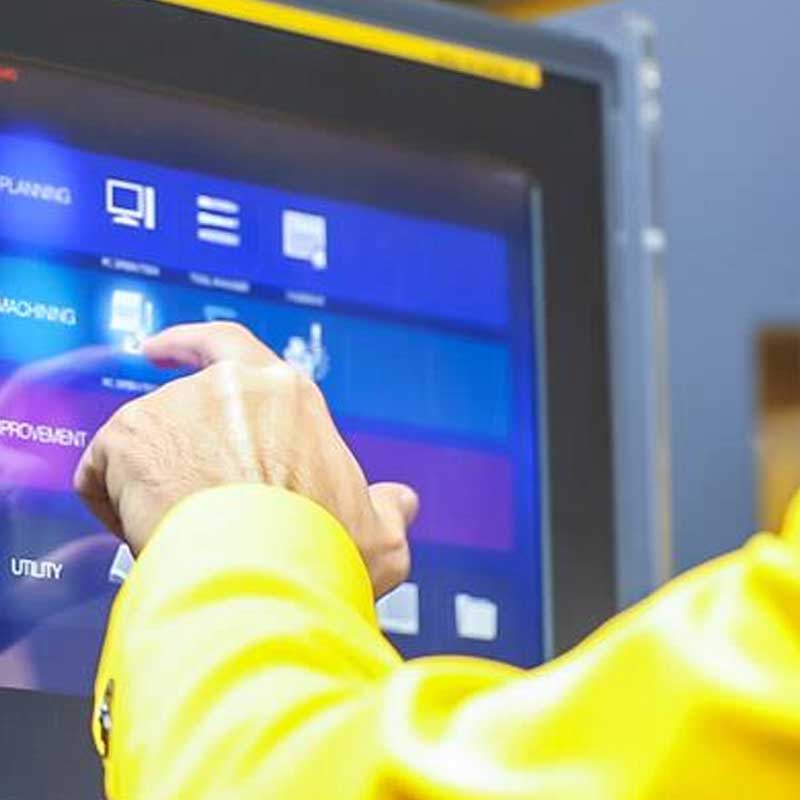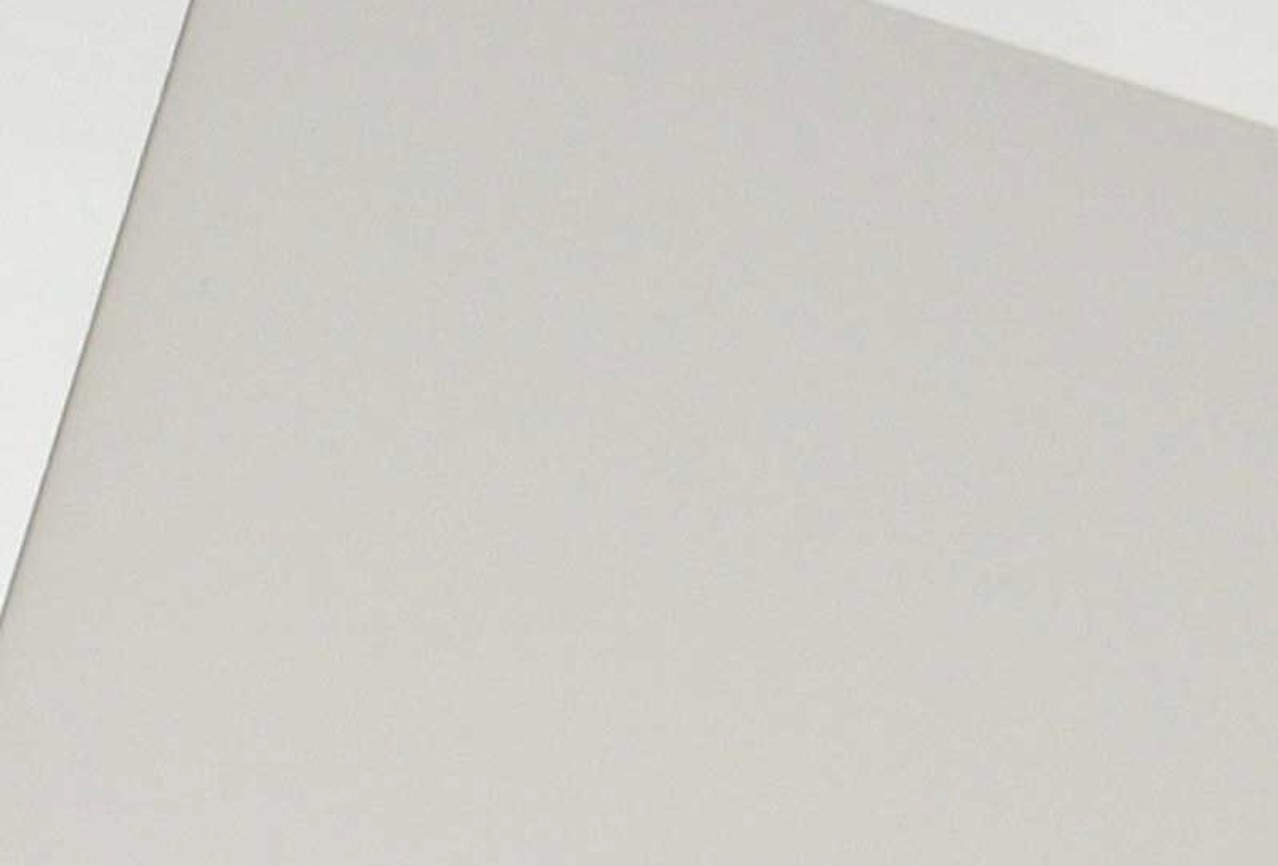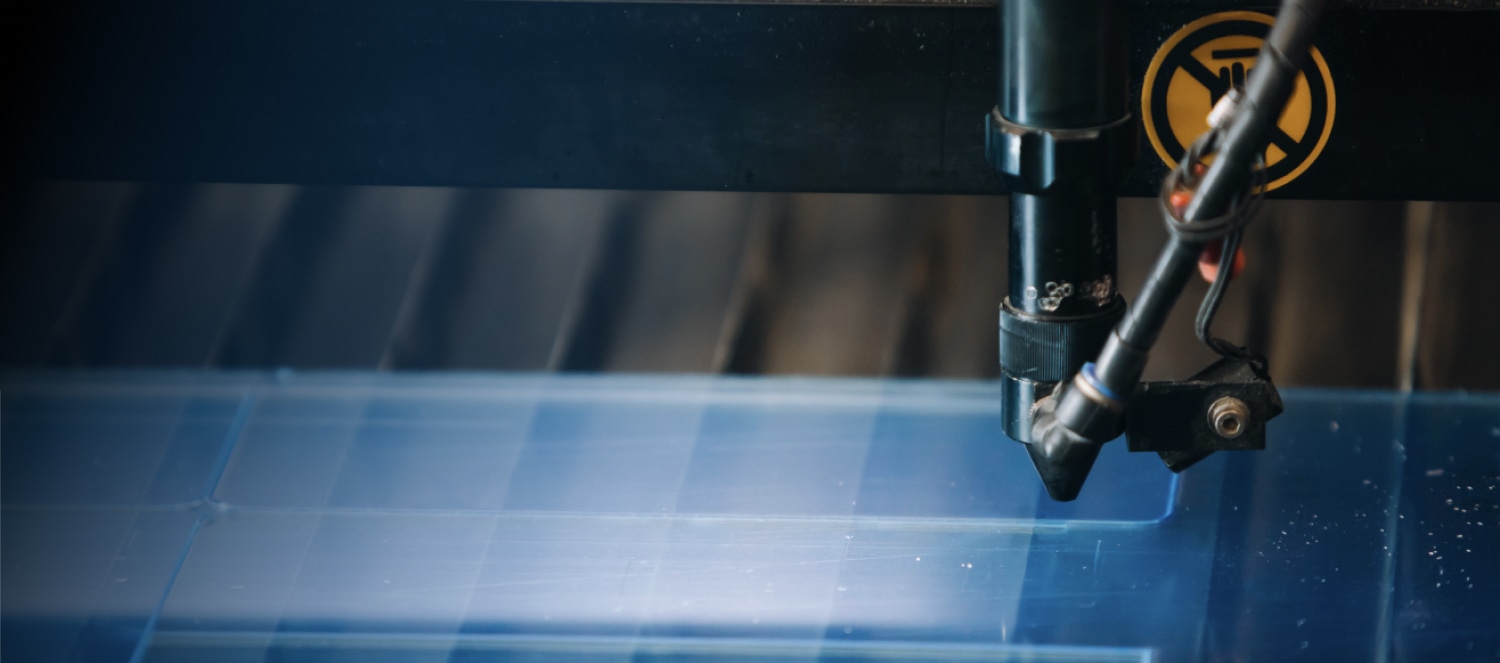
Premium Acrylic & Polycarbonate Sheets & Filters
Customized acrylic sheets and finished parts,
manufactured for a wide range of applications.
Who We Are
Specialty Acrylic and Polycarbonate Sheets and Finished Parts
Founded in 1977, Astra Products Inc. is the North American sales agency for CLAREX custom optical-grade cell-cast acrylic (PMMA) sheets, manufactured by Nitto Jushi Kogyo (NJK) in Japan. We stock a wide range of common CLAREX configurations at our New York warehouse and can supply custom orders—ranging from a single sheet to mass production—typically within 4–8 weeks.
If CLAREX isn’t the best fit, we also offer a variety of domestic and imported coated acrylic and polycarbonate sheets. Additionally, we provide finished parts, fabricated either at our ISO- and IATF-certified New York facility or through trusted partners.
There are many different options and customizations available. With extensive expertise in CLAREX and other coated plastics, we deliver personalized support from samples and prototypes to large production runs, helping you find the ideal solution for your application.
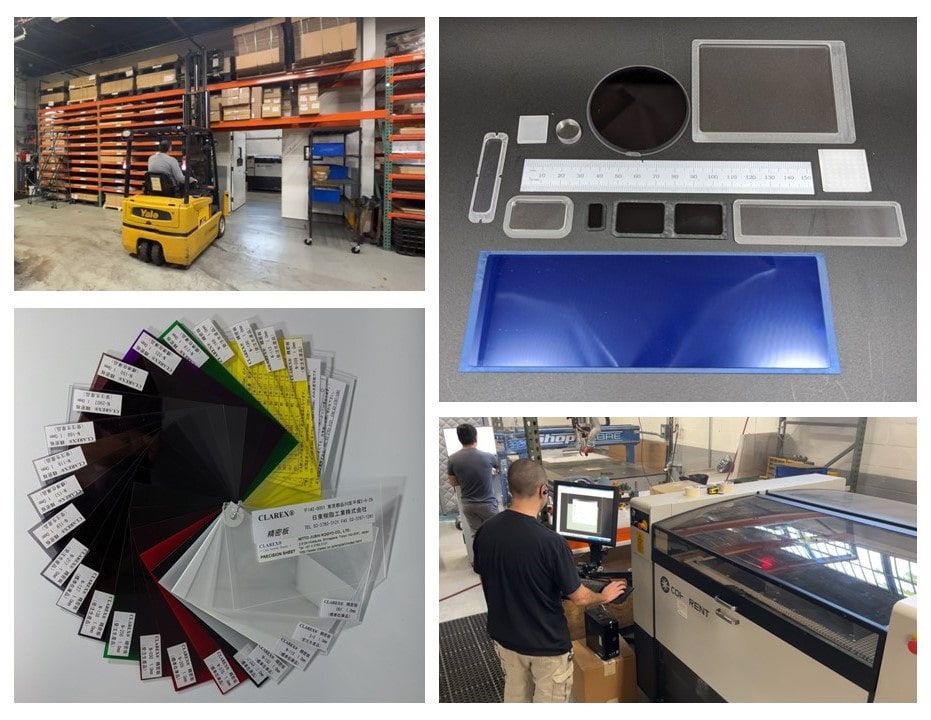
PRODUCT SERIES
Specialized Optical Cell Cast Acrylic Sheets
THE CLAREX DIFFERENCE
What sets CLAREX apart?
The CLAREX Acrylic/PMMA sheets are Cell-Cast. Compared to other manufacturing methods like Extrusion and Continuous-Cast, Cell-Casting typically yields better optical quality sheets and allows for more customization.
CLAREX takes things a step further to ensure that the sheets are of the absolute highest quality, making them the best option for your unique and demanding applications.
| Process Comparison | CLAREX Cell-Cast | Commercial Grade Cast | Extruded |
|---|---|---|---|
| Thickness | 0.2 – 5.0mm (0.008 – 0.197″) -Many options available within that range. | 3.0mm (0.118″) and up -Can be produced very thick. | 0.8 – 12.0mm (0.031-0.236″) |
| Optical Quality | BEST – True optical grade -100% visible inspection -Highly polished surfaces -No Birefringence | Better | Good |
| Customization | Can be made custom in low volumes up to mass production. Many customizable features. | Limited customizations available for mid/high volume orders | Limited customizations available for high volume orders |
Customization
Custom sheets & parts to meet the needs of your applications.
Build your own sheets! Do you have a unique design requirement that cannot be met with off-the-shelf acrylic sheets? The CLAREX sheets can be fully customized and produced in low volumes up to mass production. Choose the thickness, formulation, additives, color dye/pigments, surface textures, surface coatings, and optical coatings for your custom material configuration, and we can typically have it ready for you in 4-8 weeks. We can even fabricate the finished parts for you.

Fabrication Capabilities
We can supply finished parts in addition to full sheets.

CNC Laser Cutting & Etching
Our precision CO2 laser cutters are great for cutting 2D profiles and features out of acrylic and other materials. They can also be used to etch the surface.

CNC 2.5D End Mill Routing
We’ll use the CNC Routers for parts that have a 2.5D feature, such as pocket or step cuts, and for materials that don’t laser well, such as polycarbonate.

Adhesive Application
We’re able to apply adhesive to selected areas of the finished parts.

Trusted Partners
We work with several different partners for processes we cannot do ourselves, including optical coatings, printing, & lamination.
Applications
Supplying Acrylic Sheets to a Wide Array of Industries & Applications
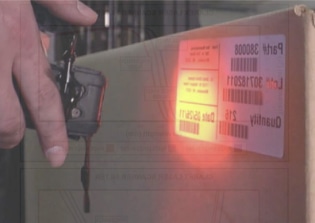
Barcode Scanner Filters
Gain exceptional optical clarity and accurate reading of barcodes even in varying lighting conditions. Materials with durability and resistance to scratches help maintain the scanner’s performance and longevity.
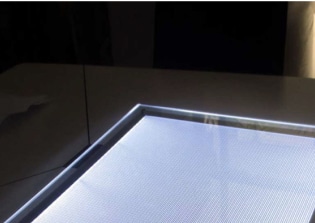
Backlight Diffusers
With a range of bulk diffusers available from 5% to 93% transmission in 5% increments, you can choose the transmission level for optimal uniformity and brightness of your display. The CLAREX diffusers are also popular in lighting applications for precision imaging due to to the pure white color.
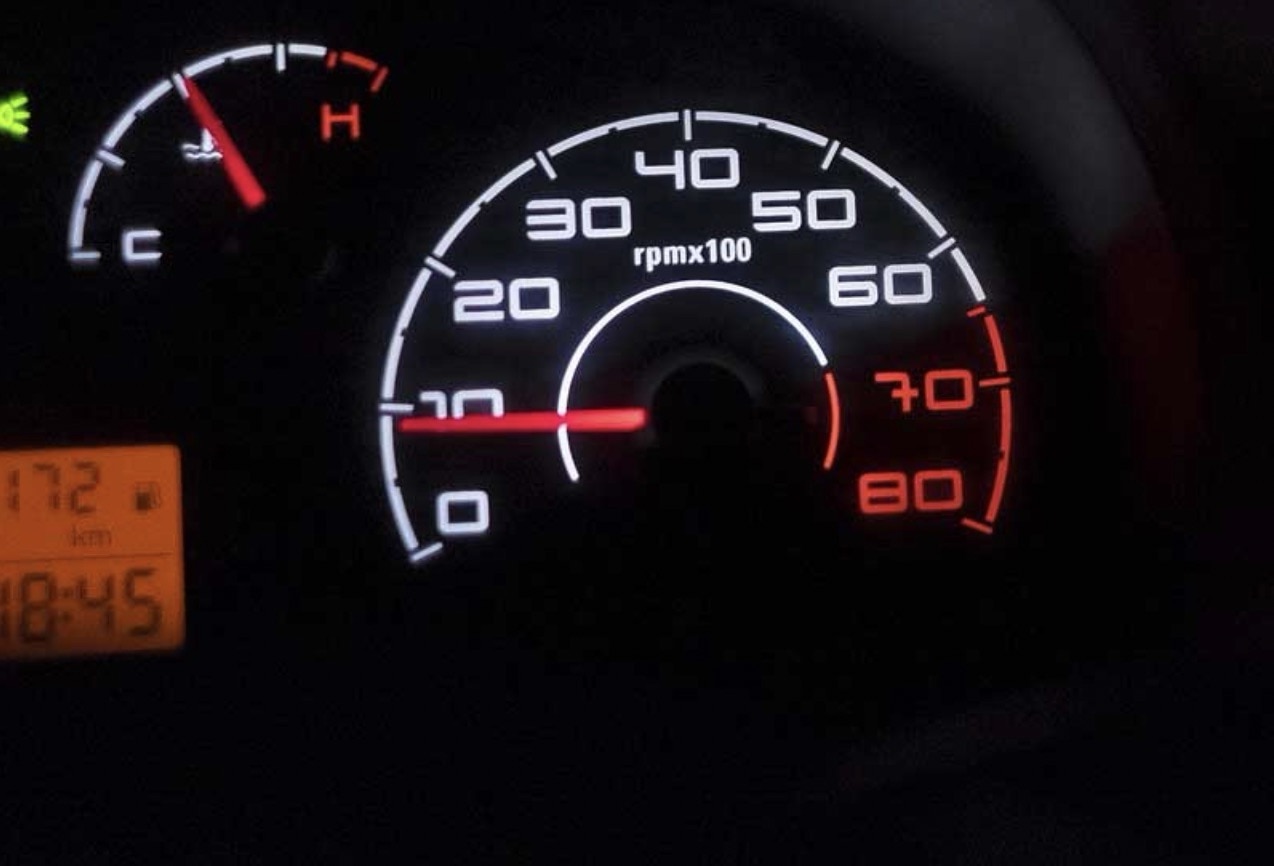
Automotive Displays
Enhance the readability of dashboards and infotainment systems, even in direct sunlight. Impact resistance materials ensure that these critical components remain protected during everyday use.
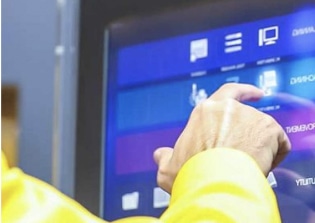
Flat Panel Displays
Enhance the clarity and brightness of your flat panel displays and provide a superior viewing experience. Our materials’ protective properties help guard against scratches and impact, ensuring long-lasting performance.
FAQ
Frequently Asked Questions
Where is the CLAREX material made?
The CLAREX material is made in Japan by Nitto Jushi Kogyo (NJK for short). Astra Products is the exclusive North American sales agent.
What makes CLAREX so special?
The CLAREX acrylic products are manufactured under strict process controls to ensure that the material is of the highest quality. That includes:
- 100% visual inspection of each sheet
- Molecular weight is approximately 4x that of extruded acrylic, and 2x commercial grade cast acrylic
- The ingredients used are very pure, so the material has maximum long path transmission (good for light guides) and no autofluorescence (good for microfluidics).
- There is no birefringence
- The mold sets used are highly polished, resulting in sheets with minimal surface roughness and wavefront distortion
CLAREX acrylic can be cast all the way down to 0.1mm (0.004”) thick. - The hard-coat is acrylic based (won’t delaminate) and outdoor/UV safe, and does not change the optical properties of the material…..it is still optical grade.
- The factory has the unique capability to apply the hard-coat to the molded-in non-glare textured surface without filling in the texture. Other manufacturers need to add particles to their hard-coats in order to create a non-glare texture, which reduces the quality and the transmission of the non-glare texture.
- CLAREX material can be made custom to your specifications in any qty you need. For instance, if you need a single sheet of a specific color of green acrylic, in 1.2mm thickness, with non-glare #1 texture on one side, and hard-coat on the opposite side, it’s no problem…..it’ll be ready in about 4 weeks!
How do the diffusers work?
The main line of diffusers, DR-IIIS and DR-IIIC, are comprised of cast acrylic with light scattering particles loaded in along with matte textures front and back. They are considered bulk diffusers, meaning they have no orientation, they scatter light in all directions. They are typically sold as pure white, so they do not have any color shift, however color matched diffusers are an option. The DR-III diffusers are available from 5% up to 93% transmission in 5% increments. And thicknesses range from 0.2 up to 2.0mm, although there are some minimum thickness restrictions for some of the transmission levels. The thickness and transmission are independent, so a 0.5mm 70% diffuser will perform the same as a 2.0mm 70% diffuser.
The higher the transmission, the lower the hiding power, and vice versa. So if you have an LED array and you are trying to hide the hot spots from the LEDs you can start with a high transmission diffuser and keep stepping down in transmission level until you get the uniformity you are looking for. Increasing the gap between the diffuser and the LED also helps. We’re happy to send out samples for your testing and evaluation. Many of our customers are able to increase the brightness of an OEM display (brightness enhancement) simply by swapping out the OEM diffuser and replacing it with a CLAREX diffuser with higher transmission while maintaining the same OEM backlight uniformity.
How much light in transmitted/reflected by standard acrylic (PMMA)?
When light hits a piece of acrylic, a small percentage reflects off the front surface and a small percentage gets reflected off the rear surface. The rest is transmitted through the material. For standard clear acrylic It works out to be about 92% transmitted and 8% reflected (4% reflected off the front surface and 4% reflected off the back surface).
Is it possible to reduce the reflection?
Yes, it is possible to add an anti-reflective coating to one or both surfaces. The anti-reflective coating is typically applied as a vacuum deposition process.
Whereas an uncoated acrylic surface will typically reflect about 4% of incident light, an anti-reflective (AR) coated surface will reflect <1% of visible light. If the coating is applied to both sides of a clear acrylic sheet, the resulting transmission will increase from ~92% to ~98%, and the reflections would decrease from ~8% to ~2%. This reduction in reflections can make it possible to see a display under direct sunlight conditions and it can help to eliminate ghost imaging for a camera enclosure.
What are the drawbacks of anti-reflective coating?
The anti-reflective coating performs well and is sometimes essential to achieving acceptable performance in an application. However, there are drawbacks. One is cost. The coating is difficult to apply, requiring several layers applied within a vacuum chamber. Another drawback is with smudges. Any sort of fingerprint/smudge stands out on the coated surface, but due to the properties of the coating (oleophilic) the surface is very difficult to clean. For this reason, many of our anti-reflective coated sheets include an anti-fingerprint (oleophobic) coating on one side. The anti-fingerprint coating doesn’t eliminate the smudges, but it makes them much easier to clean off. The downside to the anti-smudge coating is that adhesives cannot bond to it well and it cannot be printed on. This must be taken into consideration when designing your product.
What is a non-glare (AKA anti-glare) surface?
The anti-reflective coating performs well and is sometimes essential to achieving acceptable performance in an application. However, there are drawbacks. One is cost. The coating is difficult to apply, requiring several layers applied within a vacuum chamber. Another drawback is with smudges. Any sort of fingerprint/smudge stands out on the coated surface, but due to the properties of the coating (oleophilic) the surface is very difficult to clean. For this reason, many of our anti-reflection coated sheets include an anti-fingerprint (oleophobic) coating on one side. The antifingerprint coating doesn’t eliminate the smudges, but it makes them much easier to clean off. The downside to the anti-smudge coating is that adhesives cannot bond to it well and it cannot be printed on. This must be taken into consideration when designing your product.
What is the difference between anti-reflective coatings and non-glare texture?
The anti-reflective coating physically reduces the amount of light that is reflected off of the surface it is applied to. The non-glare textures do not change the amount of light reflected off of a surface, instead they diffuse the light so that it is not as distracting to the viewer. It is possible to combine anti-reflective coating with non-glare texture.
If you have an outdoor display with bad reflections, can you put an anti-reflective coating in front of it to reduce reflection?
Unfortunately it’s not that easy.
You can think of the anti-reflective coated materials as being almost “invisible”. If your outdoor display has bad reflections and you put an “invisible” filter in front of it, you will not reduce the amount of reflections coming off of the original display. Instead you must address the source of the reflections, which in this case may be the front surface of the LCD panel. You may be able to source the LCD from the OEM with an anti-reflective coating applied to the front. Another option is to optically bond an anti-reflective coated material to the front surface of the display.
Do the anti-reflective coatings work in the near infrared and ultraviolet ranges?
Sort of. The standard anti-reflective coatings are designed to minimize the reflections in the visible range. The side effect of that coating design is that it actually increases the reflections in the near infrared (NIR) range. But the factory is able to custom tune the anti-reflective coatings for specific applications. One option is to design the coating for minimum reflections across the NIR range. In that case it will create a lot of reflection in the visible range…..the filters will look like they have a partial mirror coating. If you only care about NIR transmission, then it’s no problem. But if you need to minimize both visible and NIR reflections, the factory could custom tune a coating to target the visible range and a specific NIR wavelength. The same goes for the UV range.
How does the color matching work?
You send us either the specs for the color you need, or a sample of it. The factory will first check through their extensive portfolio of colors they have made in the past to see if they already have a pigment formulation for it. If so, we’re good to go and could make you whatever you need in that specific color. If they don’t have a match, they will develop the required formulation for a nominal fee (usually a few hundred dollars) and from then on you can order your custom color material as needed.
How do you recommend fabricating the CLAREX materials?
All of the CLAREX acrylic products are cast acrylic (PMMA), and fabricate like any other cast acrylic. They can be scored and snapped like glass, laser cut with CO2 lasers, machined using tooling designed for hard plastic, saw cut using blades designed for hard plastic, and thermoformed (uncoated materials only). You cannot die cut, punch, or use scissors on the material. And remember, we fabricate finished parts here in NY as well as in the factory in Japan.
Can you print on it?
The uncoated surfaces will print similar to commercial grade cast acrylic. It is possible to print on the hard-coated surfaces, but it is not easy to do. We have some ink suggestions for printing on the hard-coat. Give a call/email to discuss further.
How can I place an order?
There are many configurations of material possible, so it is best to give us a call or email first to discuss your application so that we can be sure you’re getting the best material for your project. We do not offer an online shopping cart for this reason. Orders can be sent in by email or fax, or could be taken verbally over the phone. We accept credit cards, ACH, wires, and bank checks for payments. Note: all bank checks must come from a US bank.
What are lead times?
If we have the material you need in stock, we can usually have it shipped out the day after we receive an order. For laser cut parts from stock material it’s typically <1 week. For cnc routed parts and parts with adhesive, it’s usually 2-3 week lead times if we have the material. If the material needs to be made custom, whether you are getting full sheets or finished parts, the lead time is typically 4-6 weeks.
Are there minimum order quantities?
Not really. If we have material in stock, the MOQ is just a single sheet. If you are looking for finished parts we will often sell less than a full sheet’s worth of parts. If you need custom material made to order, the MOQ is still typically just 1 sheet. But, please understand that all the setup costs get rolled into that one sheet, so it’s not going to be cheap. In some cases, such as custom anti-reflective coatings, there will be larger, but reasonable, MOQs.
